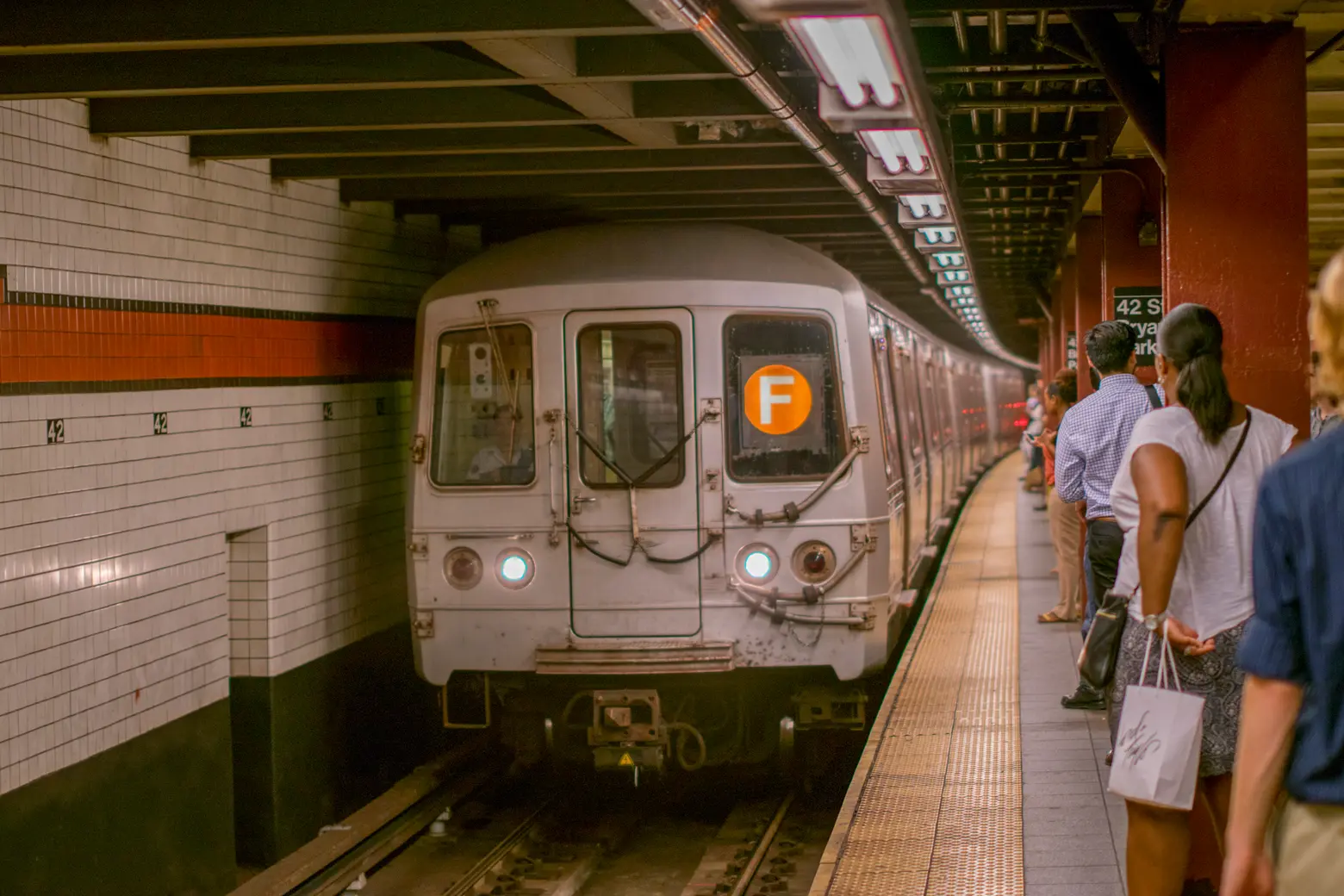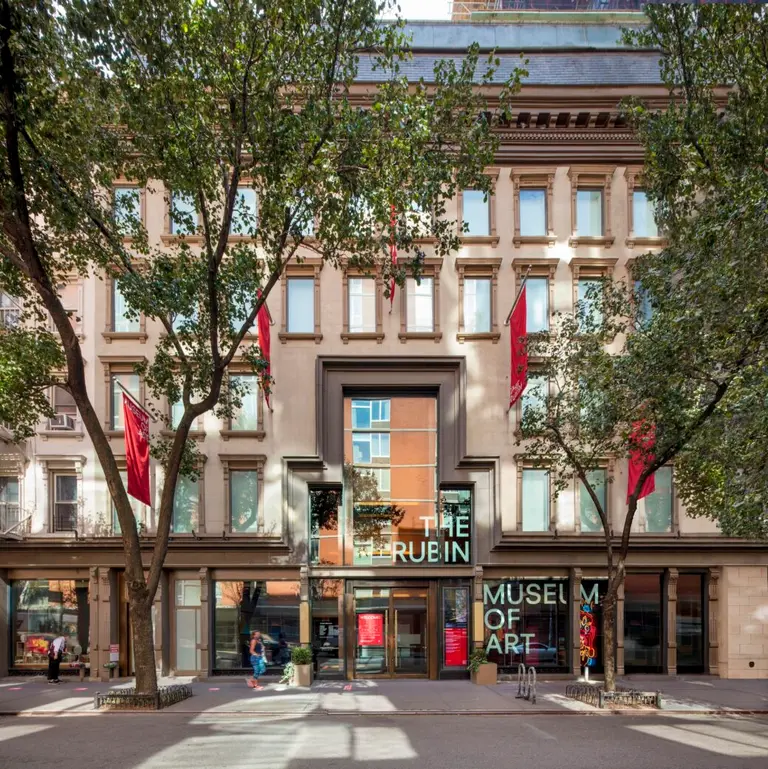MTA to cut Monday and Friday subway service on some lines

Photo via WikiCommons
The Metropolitan Transportation Authority will modify subway service on seven lines to better accommodate post-pandemic transit ridership trends. The agency on Monday said starting next June it would increase scheduled trips on the weekends and decrease trips on Mondays and Fridays, two days where ridership recovery has been the slowest.
The changes will add scheduled trips to the G, J, and M subway lines on weekends, improving headway times by roughly two minutes. These three lines are most used by Brooklyn and Queens commuters to transfer to other subway lines and often have longer wait times on the weekends.
NYC Transit has also proposed an earlier start to weekday A and C rush hour service to accommodate post-pandemic rush hour trends. Manhattan-bound A and C service will begin one trip earlier during the morning rush hour.
There will also be scheduled reductions on Mondays and Fridays to 1, 6, 7, E, F, L, and Q service, following a pattern of lower subway ridership on these days than on mid-week days.
Mondays and Fridays are the days the majority of NYC workers work from home, which has contributed to lower transit usage, according to Gothamist. On the other hand, weekend usage has recovered faster, currently sitting at roughly 77 percent of pre-pandemic levels.
“We continually analyze ridership patterns to better serve riders. These adjustments reflect higher ridership recovery on the weekends, and lower relative ridership on Mondays and Fridays in the post-COVID hybrid work era,” Richard Davey, NYC Transit President, said.
“As riders continue to return to mass transit and patterns change, New York City Transit will adapt service accordingly as we strive to provide faster, cleaner and safer rides.”
As Gothamist reported, riders might wait between three and 30 seconds more than usual for those trains on Monday and Friday.
The scheduled changes to subway service mark the first time that the MTA has initiated significant adjustments since the start of the pandemic. In May 2020, the subway system shut down overnight for the first time in its history, part of a plan to disinfect every car and station to prevent Covid from spreading. A year later, 24/7 service resumed.
The MTA said the service adjustments could save the agency roughly $1.5 million a year, helping to chip away at its current $600 million budget gap as it runs out of federal funding that it obtained during the pandemic.
The MTA has announced other countermeasures to cut its budget deficit, including a projected 5.5 percent fare hike.
RELATED:




























